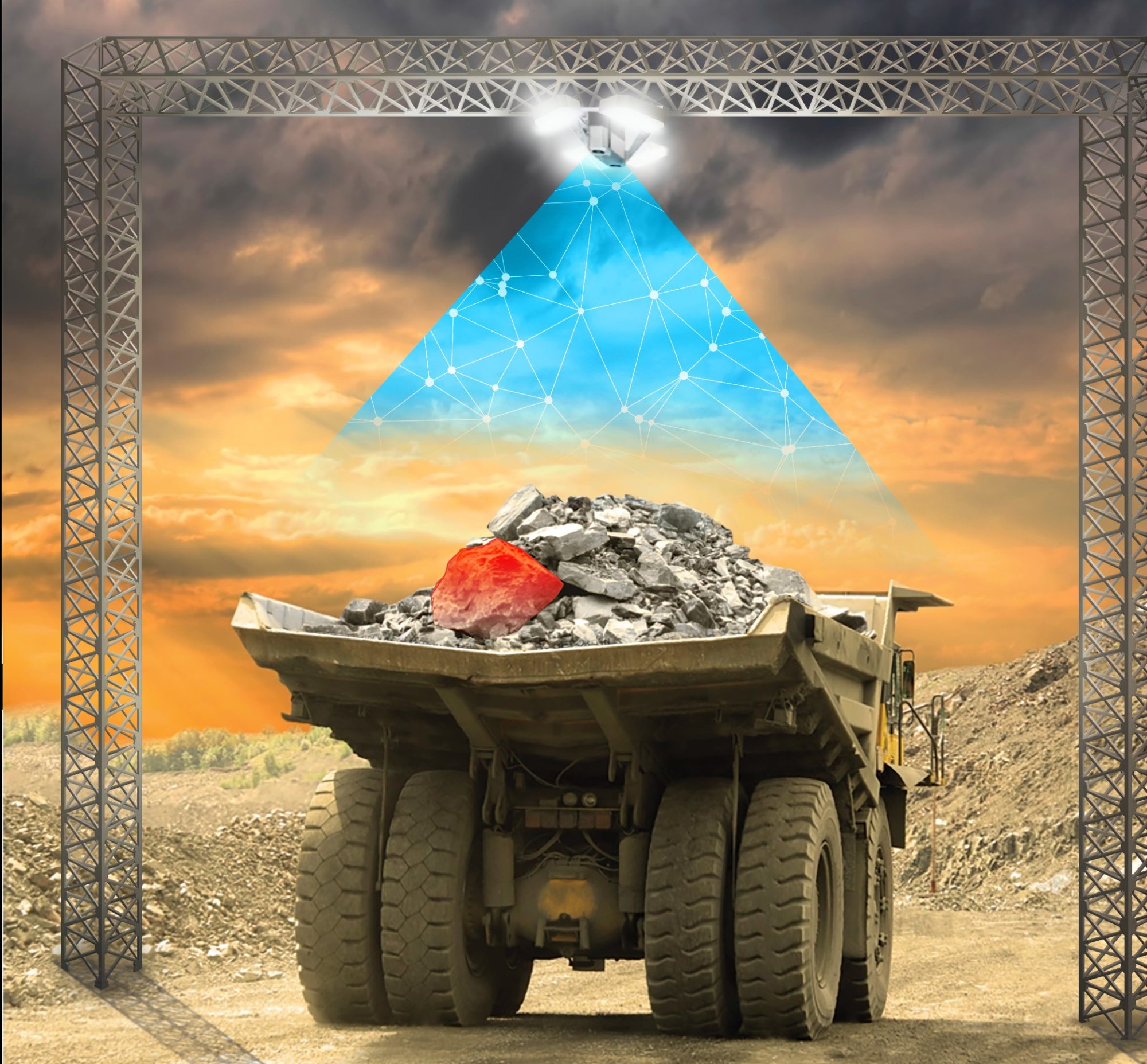The importance of optimising blast parameters to reduce the cost of comminution and cut back on energy use is often stressed across the industry, but effective blasting can also reduce the likelihood of crusher obstructions, Motion Metrics says.
Most unplanned plant downtime is crusher-related and primarily due to blockages caused by oversized feed. These events can cause mines to incur significant financial losses due to unplanned downtime, a decrease in throughput, or an increase in energy use, according to the company.
When boulders are larger than the opening of the primary jaw crusher, they can build up in – and eventually block or obstruct – the crusher. In this case, production must be temporarily stopped to break down or remove the boulder. But even boulders small enough to be processed by the primary jaw crusher can cause problems as breaking down large rocks requires a great deal of energy and can result in power spikes, slower production rates, and wear and tear of the crusher liner, Motion Metrics says.
Even brief crusher delays can have massive effects over time.
“For example, one of our customers is a large copper mine in Kazakhstan that experienced average crusher delays of approximately seven minutes per incident,” the company said. “Although these delays were short, they add up to an estimated total cost of $650,000 in lost production each year.”
Another Motion Metrics customer, a Peruvian mine that is one of the largest copper producers in the world, experiences an average loss of $5.73 million/y, Motion Metrics says, while, at an iron ore mine in Brazil, production interruptions cost roughly $3.65 million/y.
“Mines have traditionally taken a reactive approach to mitigating the problems associated with oversized material,” Motion Metrics says. “A boulder obstruction is typically identified by monitoring trends in crusher throughput – a falling trend indicates that material is not able to pass through the crusher. At this point, the blockage or obstruction has already occurred. Mine personnel must halt production to dig out the boulders, or use rock breakers to clear the obstruction, creating a bottleneck and further decreasing production.”
Motion Metrics says a common misconception is that a grizzly can eliminate the problem of oversized material.
“It is true that, with a grizzly in place, boulders are less likely to enter the primary crusher, however, a grizzly is still susceptible to blockages – mine personnel need to remove oversized material or schedule rock breaking,” it explained.
The best way to manage oversized material is to avoid the situation entirely but, failing that, mines should aim to mitigate problems caused by boulders as early in the process as possible.
Motion Metrics developed TruckMetrics to prevent oversized material from reaching the processing plant in the first place.
Mounted on a gantry above the mine road, TruckMetrics monitors each passing haul truck to detect boulders and analyse particle size in real time – without interrupting production. Using artificial intelligence and stereo imaging, the system automatically analyses the truck bed, segments each visible rock, and identifies any oversized material. If a boulder is detected, the system automatically alerts dispatch so that trucks can be diverted.
“TruckMetrics, therefore, provides a two-pronged approach to mitigating problems caused by oversized material,” Motion Metrics said. “First, it helps keep boulders out of the crusher by identifying trucks that contain oversized material and diverting them before they reach the plant. Secondly, the particle size data TruckMetrics captures can be used to optimise blasting parameters so that fewer boulders are produced in the first place.”
TruckMetrics is just one of several services within the Motion Metrics ecosystem that boost productivity and energy efficiency without compromising on safety, the company says.










